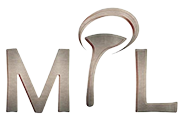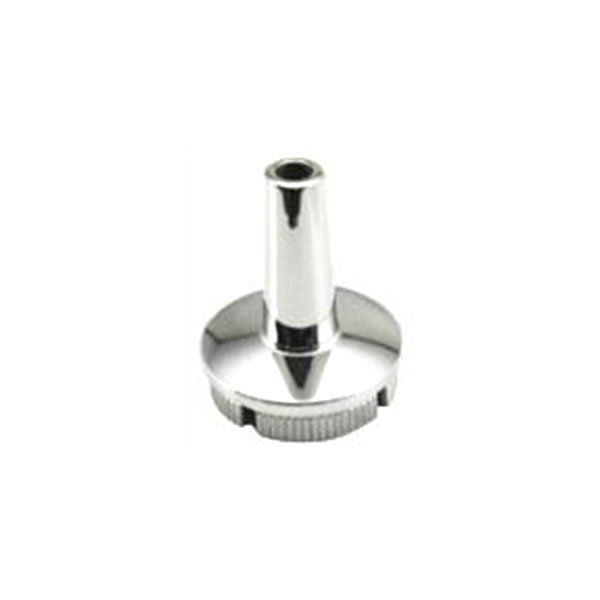Forging Application Areas
May 14,2025
Forging is a processing method that applies pressure to plastically deform a metal blank to obtain parts with certain shapes, sizes and mechanical properties. Its core advantages are to improve the performance of metal structures, increase material utilization, and achieve mass production. It is widely used in the manufacture of key components with high strength and toughness requirements. The following are the main application areas and typical application scenarios of forging:
Forging is a processing method that applies pressure to plastically deform a metal blank to obtain parts with certain shapes, sizes and mechanical properties. Its core advantages are to improve the performance of metal structures, increase material utilization, and achieve mass production. It is widely used in the manufacture of key components with high strength and toughness requirements. The following are the main application areas and typical application scenarios of forging:
1. Aerospace field: core process of high-strength structural parts
Forging is mainly used in the aerospace field to manufacture key components that bear high loads and high reliability. It refines grains and eliminates defects through plastic deformation to improve the mechanical properties of materials.
Typical applications:
Engine parts
Turbine discs and compressor discs: Forged with nickel-based high-temperature alloys (such as In718), uniform fine-grained structures are obtained through isothermal forging processes, and they can withstand high temperatures above 1000°C and centrifugal forces of tens of thousands of revolutions per minute.
Blades: Titanium alloy (such as Ti-6Al-4V) blades are formed into complex surfaces through precision forging, and their strength is increased by more than 30% compared to casting.
Fuselage structural parts
Landing gear: ultra-high strength steel (such as 300M steel) is die-forged, and the yield strength reaches 1650MPa after quenching-tempering treatment, which meets the impact load requirements of aircraft take-off and landing.
Wing beam, frame: aluminum alloy (such as 7050-T7451) integral forging parts, reducing the number of parts and assembly errors, and improving structural efficiency (such as Boeing 787 fuselage weight reduction of 20%).
Technical features: isothermal forging, superplastic forging and other precision processes are widely used to ensure part dimensional accuracy (tolerance ±0.1mm) and surface quality (Ra≤3.2μm).
II. Automobile and rail transportation field: main process of power system and safety components
Forging is mainly used for power transmission, chassis suspension and safety key parts in the automobile and rail transportation industries, and the high fatigue strength and impact resistance of forged parts are used to ensure reliability.
Typical applications:
Automobile engine
Crankshaft: Ductile iron or 45 steel die forging, withstands cyclic alternating loads, fatigue life of more than 10^7 times.
Connecting rod: 40Cr steel die forging and tempering treatment, tensile strength ≥980MPa, to ensure the stability of engine high-speed operation.
Chassis and transmission system
Gear (such as differential gear): 20CrMnTi carburized steel forging, tooth surface hardness HRC58-62, wear resistance life increased by more than 5 times.
Wheel hub bearing: bearing steel (GCr15) forging outer ring, precision grinding after P5 level, support vehicle high-speed driving (such as F1 racing wheel hub bearing withstand 200℃ high temperature and 5000r/min speed).
Rail transportation
Axle: EA4T steel (European standard axle steel) forging, ultrasonic flaw detection of internal defects to ensure the safety of high-speed trains (350km/h) operation.
Wheels: Rolled steel wheels produced by integral die forging process, impact toughness ≥120J/cm², better thermal crack resistance than cast wheels.
PREVIOUS:
NEXT:






